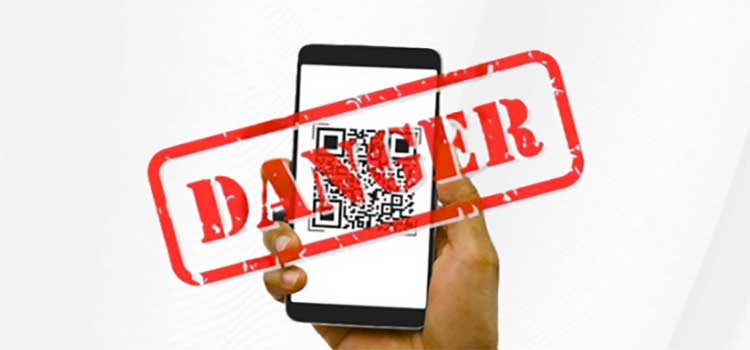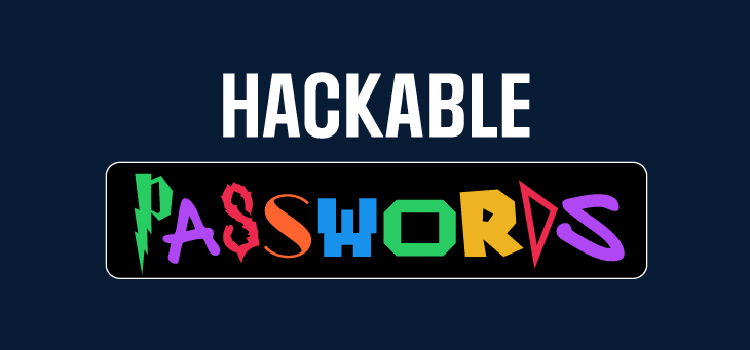Mission Statement
The Information Security Office is committed to lowering the risk profile of the University’s electronic information by implementing industry best practices to protect the confidentiality, integrity, and availability of student, faculty, and staff information. We uphold the University’s compliance obligations by developing information security policies, providing security awareness training, and overseeing the implementation of strategic information security initiatives.
Scam of the Week
Appointment with a Phish
In this week’s scam, you receive an unexpected appointment confirmation email from the National Bank of Canada. Since the email is sent from the bank’s official email address, it appears to be completely safe. The email also alerts you to unusual activity in your account and provides a phone number for you to call to resolve the issue.
However, this is actually a clever scam. Cybercriminals visit the bank's actual website and complete the official "Contact Us" form. Then, they fill in the form with a fake tech support number and an alarming message about activity on your PayPal account. Once they complete the form with their false information, they receive an official appointment confirmation email from the bank, and then they send it to you. If you call the phone number in the email you receive, you'll be connected to a cybercriminal who will try to trick you into providing your personal information!
Follow these tips to avoid falling victim to this phishing scam:
- This scam isn’t limited to banking institutions. Be cautious of any unexpected emails that instruct you to take immediate action, even if they appear to be from a trusted organization.
- Never use the contact information in a suspicious email. Instead, visit the organization's official website directly to locate the customer support number.
- Think before you click! Scammers can abuse real organizations’ web forms to send you fake messages.
Time It Takes a Hacker to Brute Force Your Password in 2023
| Number of Characters | Number Only | Lowercase Letters | Upper and Lower Case Letters | Numbers, Upper and Lowercase Letters | Numbers, Upper and Lowercase Letters, Symbols |
|---|---|---|---|---|---|
| 4 | Instantly | Instantly | Instantly | Instantly | Instantly |
| 5 | Instantly | Instantly | Instantly | Instantly | Instantly |
| 6 | Instantly | Instantly | Instantly | Instantly | Instantly |
| 7 | Instantly | Instantly | Instantly | Instantly | Instantly |
| 8 | Instantly | Instantly | Instantly | Instantly | 1 sec |
| 9 | Instantly | Instantly | 4 secs | 21 secs | 1 min |
| 10 | Instantly | Instantly | 4 mins | 22 mins | 1 hour |
| 11 | Instantly | 6 secs | 3 hours | 22 hours | 4 days |
| 12 | Instantly | 2 mins | 7 days | 2 months | 8 months |
| 13 | Instantly | 1 hour | 12 months | 10 years | 47 years |
| 14 | Instantly | 1 day | 52 years | 608 years | 3k years |
| 15 | 2 secs | 4 weeks | 2k years | 37k years | 232k years |
| 16 | 15 secs | 2 years | 140k years | 2m years | 16m years |
| 17 | 3 mins | 56 years | 7m years | 144m years | 1bn years |
| 18 | 26 mins | 1k years | 378m years | 8bn years | 79bn years |
 QR Code Phishing - 'Quishing'
QR Code Phishing - 'Quishing'
 Phishing Click Rates Triple in 2024
Phishing Click Rates Triple in 2024
 The Most Dangerous Pop Culture Passwords in 2024
The Most Dangerous Pop Culture Passwords in 2024
Cyber Security Alerts
What is being exploited?
Vulnerability in Windows CryptoAPI that allows malicious executables using a spoofed
code-signing certificate to appear as if it was from a trusted source.
What does this affect?
Attackers can conduct man-in-the-middle attacks and decrypt confidential information
on user connections to spoofed software that appears legitimate.
Which Operating Systems does this affect?
Windows 10, Windows Server 2016, and Windows Server 2019
How to mitigate this?
Apply critical patches to affected systems as soon as possible.
For more information:
CVE-2020-0601
What is being exploited?
Vulnerability in Windows Remote Desktop Gateway (RD Gateway) that allows specially
crafted requests to execute arbitrary code on the target system.
What does this affect?
Attackers can gain access to the target system with full user rights that would allow
them to install programs; view, change, or delete data; or create new users.
Which Operating Systems does this affect?
Windows Server 2012, Windows Server 2016, and Windows Server 2019
How to mitigate this?
Apply critical patches to affected systems as soon as possible.
For more information:
CVE-2020-0609 & CVE-2020-0610
What is being exploited?
Vulnerability in Windows Remote Desktop Client that allows the server to execute arbitrary
code on the target system after an unsuspecting user connects to it.
What does this affect?
Attackers can trick the user into connecting to a compromised server and gain access
to the target system with full user rights that would allow them to install programs;
view, change, or delete data; or create new users.
Which Operating Systems does this affect?
Windows 7, Windows 8, Windows 10, Windows RT, Windows Server 2008, Windows Server
2012, Windows Server 2016, and Windows Server 2019
How to mitigate this?
Apply critical patches to affected systems as soon as possible.
For more information:
CVE-2020-0611
Windows 10 & Windows Server 2016 and newer
1. Search: Check for Updates
2. Click “Check for Updates” then install all updates
Windows 8 and older & Windows Server 2012 and older
1. Navigate: Control Panel > System and Security > Windows Update
2. Click “Check for Updates” then install all updates



